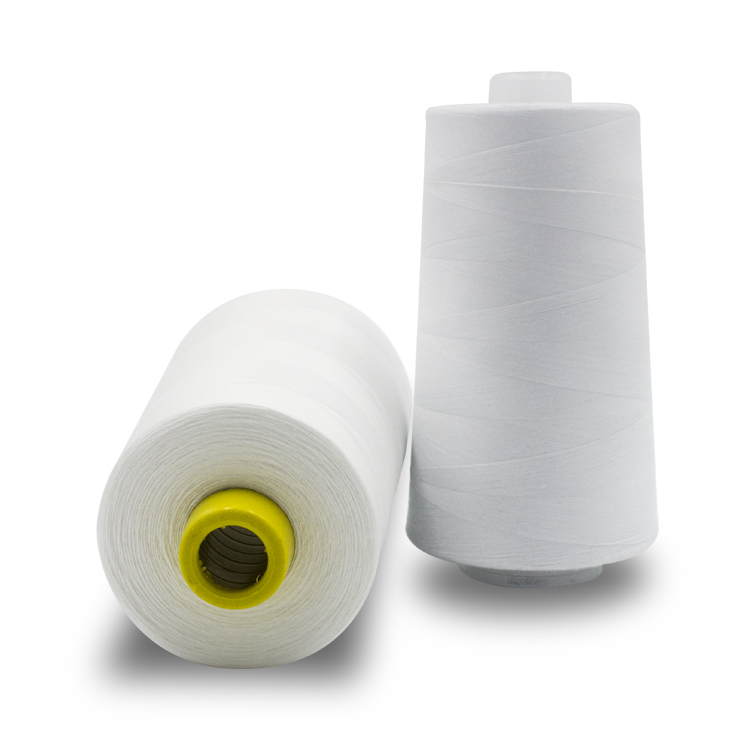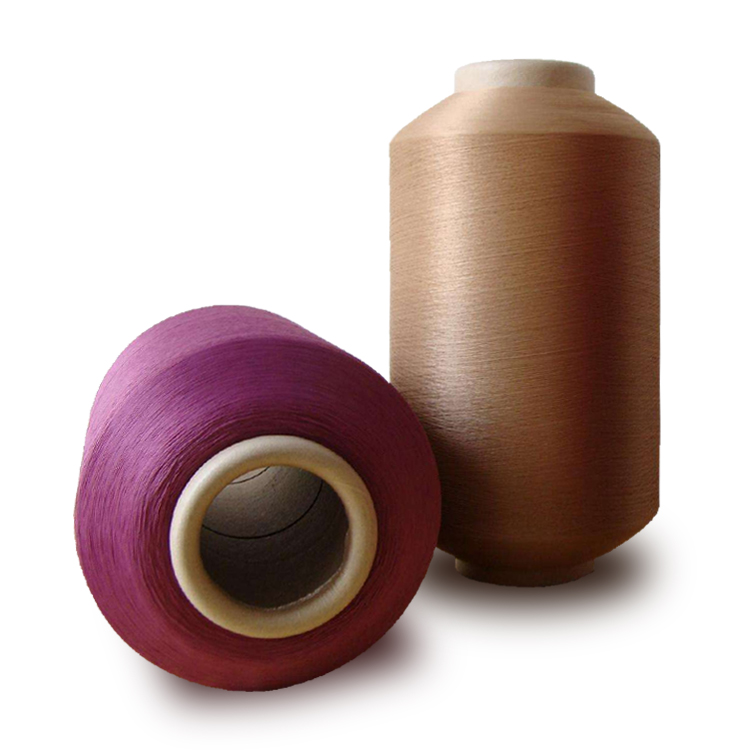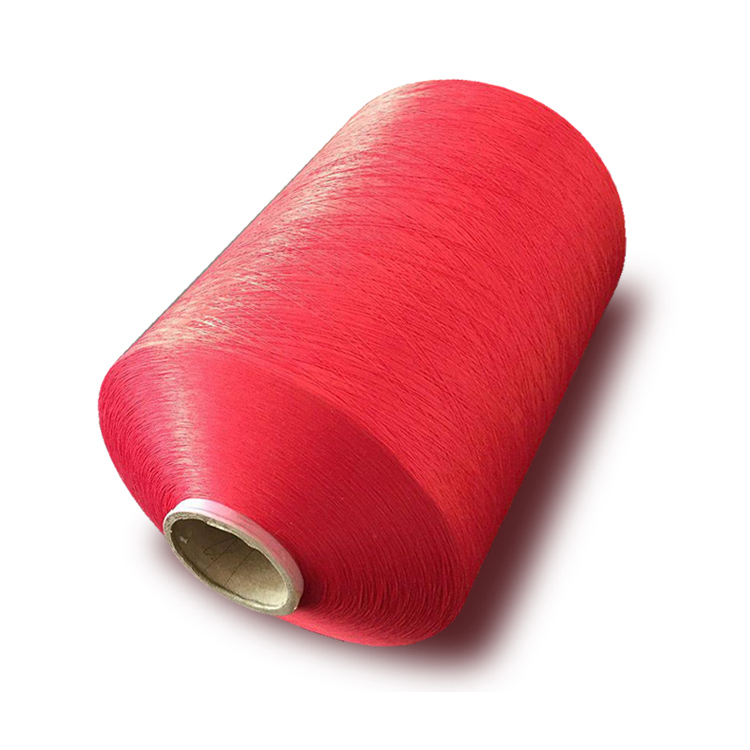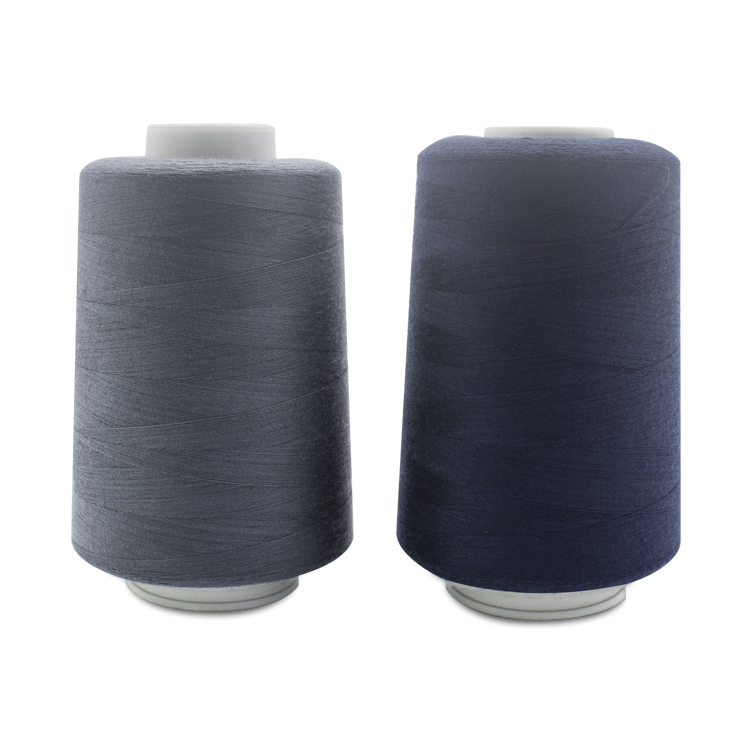
Analysis of the most complete yarn thread count defects(1)
(1) Cotton (Nep)
Appearance: Cotton fibers yarn thread with similar joint size on the fabric surface are spun into the yarn thread. If it is pulled out, the yarn thread will break or will break. Roving made of low grade raw cotton often has such defects.
Causes:
1) There are dead cotton fibers in raw cotton, which are not completely removed in the process of flower cleaning.
2) When carding, the needles of Cylinder or needle board are not sharp enough, or the distance between them is not set properly, which fails to give full play to carding function.
(2) Seeds
Appearance: Embryo surface of pure cotton or cotton blended fabric yarn thread, with very small black or dark non-fibre fragmentation points.
Causes:
1) When cotton fibers yarn threads are separated from cottonseed in cotton ginning engineering, the root end of the fibers yarn thread has cottonseed skin, or the cottonseed is crushed and mixed with raw cotton.
2) The cottonseed hull was not completely removed during the process of clearing flowers.

(3) Slub
Appearance: On warp or weft yarns threads of fabrics, there is occasionally a small piece of cluster fibers about 5 to 20 mm in length which is thicker than the normal diameter of the yarn thread and less than the normal twist of the fried yarn thread.
Cause of formation:
1). The density of the fibers in the roving fed during spinning is not uniform, and there are small and dense spindle fibers bundles.
2. The roller and the apron of the worsted machine fail to control the feeding roving uniformly.
(4) Flyer
Appearance: Similar to coarse knot, but thicker, not as slender as coarse knot, fibers in clusters. If the yarn is slightly untwisted, the yarn will not break.
Cause of formation: The fibers floating in the air in the spinning room, or the fibers gathered on the machine feeding nearby table, are wound on the yarn thread.
(5) Cockled yarn thread
Appearance: In a piece of yarn thread about one of the width and length of the fibre, there is a large interval knot.
The variation of yarn thickness is like slub shape, and the weft of roving fabric is more common, so it is also called slub weft.
Cause of formation: Drawing roller of spinning machine is set too tight, the roller cover is too loose, and there are occasional fibers with different lengths in the feeding roving.

(6) Uneven yarn thread
Appearance: Observed from the long side of the fabric, the yarn thread is uneven in thickness. Usually occurs in weft.
Cause of formation: The yarn thread spun on the spinning frame, due to the malfunction of drafting mechanism or poor performance, causes the yarn thread to be spun in a period of time, sometimes slightly coarse or slightly fine.
(7) Cloudd of weaaving
Appearance: The number of weft yarns thread is remarkably uneven.
When weaving, the coarse or thin yarns are arranged together to form sheets. The appearance of the cloth is like floating clouds, so it is called cloud weaving.
Cause of formation: Weft yarns threads are irregular, and the arrangement of weft yarns threads coincides with that of coarse or fine yarns when weaving.
(8) Fiber spot
Appearance: Dyed fabrics, there are a very small amount of fibers in the fabric surface not color, or light color, and show pan-white.
Causes:
1). There are dead cotton fibers in cotton fibers.
2. In the spinning process, due to negligence or inadequate control, a very small amount of polyester fibers are mixed.
When dyeing without disperse dyes and at non-high temperature, the polyester fibers are not colored.

(9) Different Iots
Appearance: Chemical fiber or chemical fiber processing silk fabrics, blended yarn thread fabrics, count thickness and density are in line with the requirements, but after dyeing, warp yarns or weft yarns threads have clear boundaries between shades of color.
Cause of formation:
1). Although the same number of Daniel silk is used in weaving, the batch numbers are different.
Because of the difference of color absorption, expansion and bulkiness, after dyeing, there are different shades of color.
2). Although the count and density of blended yarn used in weaving meet the requirements, the blending ratio of fibers in yarn thread is different, and there are differences in color depth after dyeing.
(10) Poor steaming:
Appearance: After desizing, scouring and bleaching, the width of one ton E/C blended fabric varies with the width of interval.
Cause: Blended yarn thread needs to be steamed by high pressure saturated vapor in an airtight container to stabilize the yarn properties after falling tube. If the steaming temperature or time is insufficient and the yarn can not be set, the fabric surface will be tightened and loosened horizontally after cooking during scouring and bleaching.
(to be continued)




